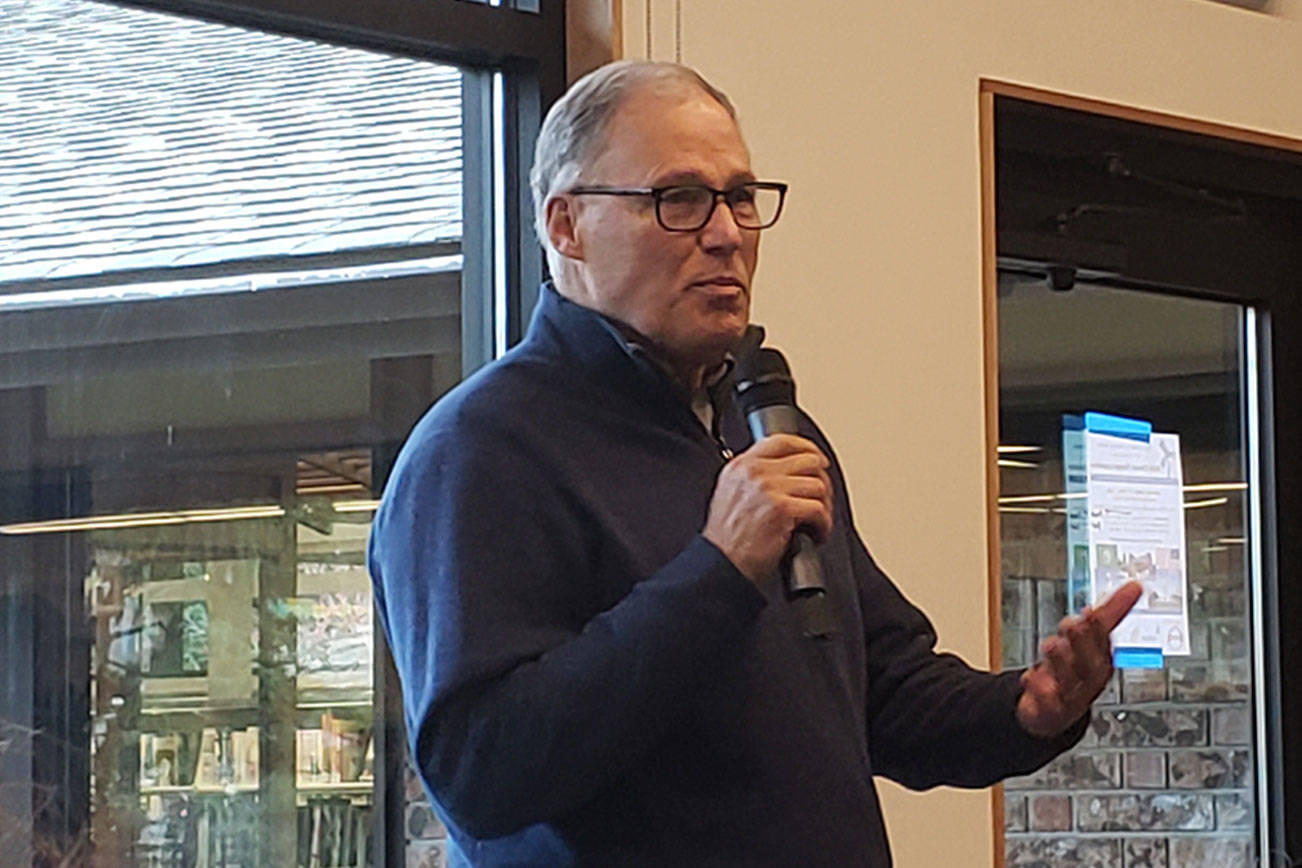The state has revised its guidance for schools that wish to return to in-person learning, significantly changing the community COVID-19 case count threshold, Gov. Jay Inslee said in a news conference Wednesday.
While the decision to bring back students will remain with each school district, state-mandated safety measures combined with the new, less-restrictive metrics should help clear the way for resumed, phased-in in-person learning.
“We do think these recommendations can be helpful for a springboard for discussion in these communities,” Inslee said, noting that it’s “time to begin the process of getting more of our students back to the classroom.”
Once safety measures are in place, in-person learning should be available to all students in communities where the cases per 100,000 rate is 50 or below for the previous two weeks.
For rates of 50 to 350 per 100,000, districts are encouraged to phase-in in-person learning, beginning with the youngest students and moving up to middle and high school, as data shows that the youngest children are the most likely to adhere to health protocols and transmit COVID at much lower rates.
Districts that are at greater than 350 per 100,000 still have the recommendation to phase-in grouops of 15 or fewer students among elementary grades, prioritizing specifically K-3 and those students who are disadvantaged or have special needs. Schools can add grades 4 and 5 if they demonstrate the ability to limit transmission in the school environment.
The guidance also recommends pausing the expansion of additional in-person learning and maintaining access for students who already have it even when coronavirus trends are increasing.
Data collected on transmission, as well as studies such as one done by the Institute for Disease Modeling, have shown that health and safety countermeasures can successfully limit the spread of COVID-19 within the school environment. This includes masking, distancing, increased cleaning and disinfecting, improved ventilation, use of learning cohorts and symptom screening.
State deputy decretary of health Lacy Fehrenbach said that half of all outbreaks in Washington schools — defined simply as two or more cases with an epidemiological linked cases in a 14-day period — have involved three or fewer cases, which aligns with national data.
“This is a framework to phase in more students over time,” Fehrenbach said. “We recommend starting small and building on success.”



